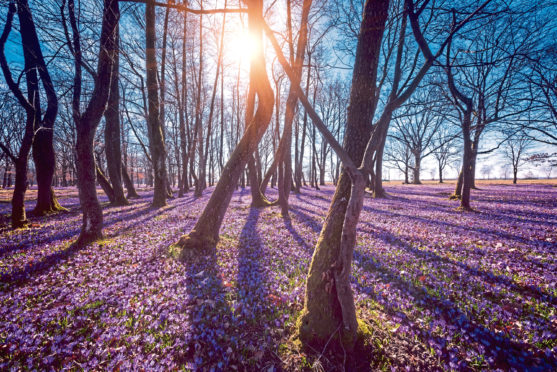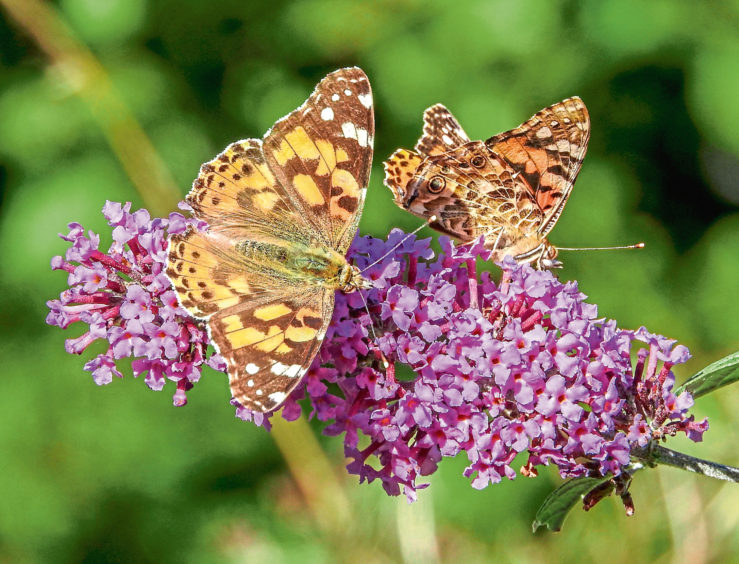
This week I’ve solved a mystery that’s been bothering me for years. Or to be more accurate, it has been solved for me by Julie Kilpatrick, a horticultural lecturer at Glasgow Clyde College.
Julie has identified the flower that grows in abundance in the woods around here. It emerges in spring and carpets the ground in small, white flowers and smells strongly of onions.
It is not wild garlic, which flowers slightly later, and neither is it any of the other wild relatives of leek or onion others suggested it might be.
Turns out it is few-flowered garlic or Allium paradoxum, a native of Iran that has become invasive across the UK.
It’s just one of the many wild flowers that grow around the edges of my garden and, over the last week, others including dog violets, water avens and red campion have been opening, one after the other.
And it’s not just woodland that’s being transformed at the moment. Where local authorities have cut back on verge cutting and grass mowing in parks and open spaces, all manner of wild blooms, such as mayflower and bluebells have been appearing.
I much prefer a flower-strewn sward to something shorn of all life, including daisies, and what’s even more appealing about grass when allowed to grow long is that is supports all kinds of wildlife, from voles and mice to butterflies and bees.
And with 97% of all our meadows lost to cultivation and development since the 1930s, our back gardens, parks and hedgerows could do an even better job of providing vital green spaces where common spotted orchids, rare wood calamint and hundreds of other species could thrive, if only we could be persuaded to leave some parts of the grass in them uncut.
Why not mow a neat edge around your lawn and treat the rest like a hay meadow, only strimming off the top growth when the annual flowers have dropped their seeds.
Meanwhile wildflower charity, Plantlife, which campaigns for councils to stop cutting verges, says the lack of road traffic is also having a beneficial effect on wildflowers as there’s less pollution to hamper growth.
I’m very tolerant of wild flowers in my garden and last year was thrilled to find helleborines, a member of the orchid family, growing on a bank I’d neglected to weed. And at the moment I have wood strawberries and forget-me-nots growing happily among the azaleas and camellias, while violets grow on the lawn and primroses seed into the moss.
I also have lots of creeping buttercup, which I’ve been pulling out in clumps and I’ve got into the habit of beheading every dandelion that appears.
And if few-flowered garlic leaps the fence I’ll be adding it to the compost heap.

Enjoy the convenience of having The Sunday Post delivered as a digital ePaper straight to your smartphone, tablet or computer.
Subscribe for only £5.49 a month and enjoy all the benefits of the printed paper as a digital replica.
Subscribe